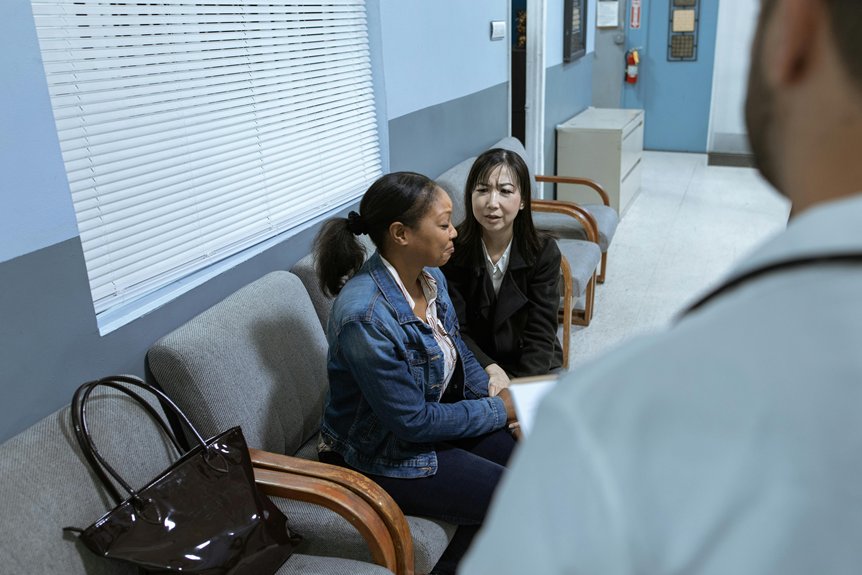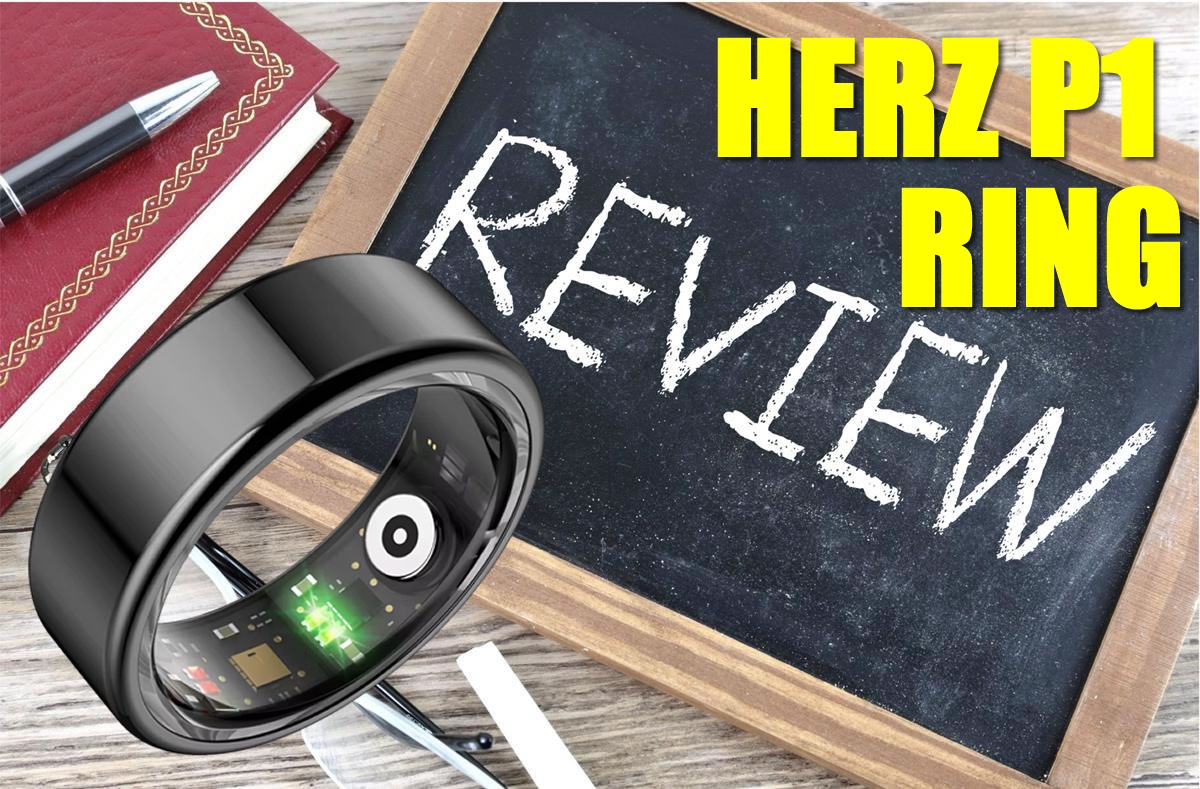As our population ages, pressure on healthcare systems to provide effective healthcare services grows significantly. Innovative technologies are helping improve accessibility, efficiency and quality of care in long-term care facilities for seniors – such as wearable devices for health monitoring or smart home systems offering safety and comfort – these innovations enable senior to maintain independence while improving overall quality of life.
Wearable devices, smartwatches, fitness trackers and smart home systems with voice-activated assistants are the most frequently utilized assistive technologies among seniors. These technologies help track vital signs and alert caregivers quickly if anything changes – helping caregivers intervene quickly before conditions worsen further. In addition to monitoring vital signs, these advanced systems also encourage physical activity while encouraging healthy eating practices – which all make for excellent aid for seniors’ caregiving and health management.
Other technologies help long-term care facilities to maximize efficiency by automating processes like billing and scheduling, saving both staff time and effort. They may even improve communication among providers, helping reduce delays or errors in care delivery. Telehealth systems allow seniors to consult doctors, therapists, or specialists via video calls – eliminating the need for in-person visits altogether.
Implementing these technologies in senior living facilities can ensure access to high-quality healthcare. Telehealth services, in particular, have proven invaluable for decreasing hospital readmissions, emergency room visits and the costs associated with managing chronic conditions. They may also make it easier for seniors to visit family who may live across the country.
Implementation of these technologies in long-term care settings does present unique challenges, however. Some seniors may struggle with new technology and find it hard to use, while others may have sensory impairments, motor deficits, or cognitive issues that limit their access. It is therefore imperative that we consider each senior’s individual needs and create a customized technology strategy tailored specifically for them.
Cost can also be an obstacle for long-term care facilities when it comes to adopting and maintaining these technologies, such as purchasing hardware and software as well as training staff and residents on its use. A comprehensive funding strategy may help mitigate expenses in this regard.
As such, assistive technology has seen increasing adoption by seniors living in long-term care settings. By helping them remain independent and preserve their quality of life, these advances are revolutionizing how care for senior is delivered. However, for them to truly provide benefits they require healthcare providers and long-term care facilities to embrace them; by including cutting edge innovations into senior living and healthcare provision for maximum effect.













